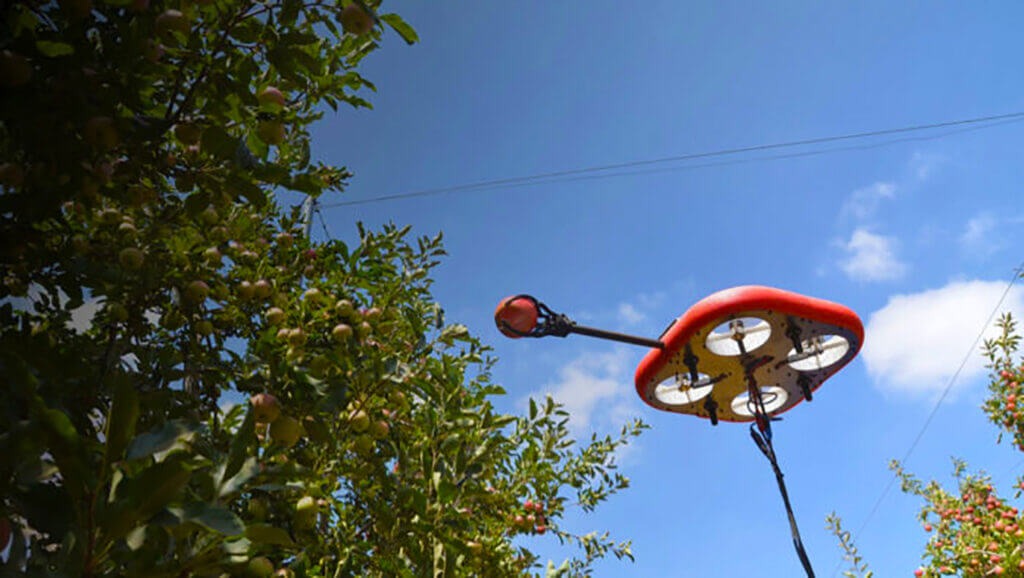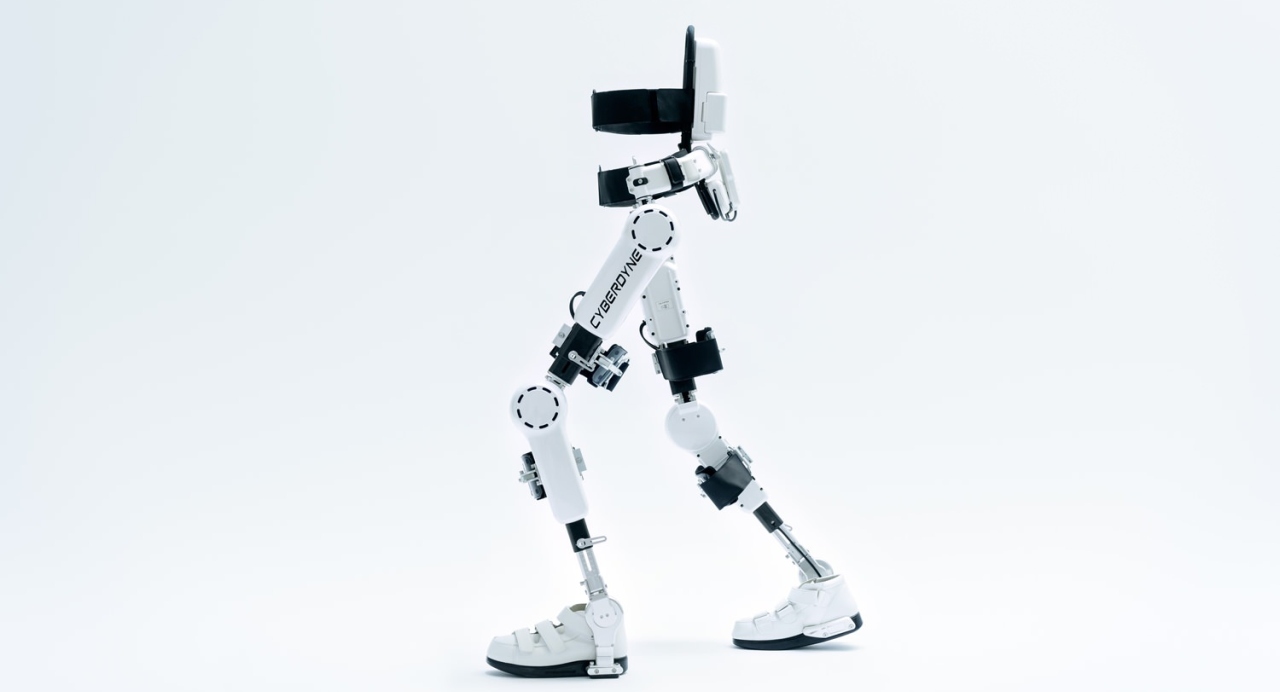In a groundbreaking development, scientists at the prestigious Pittsburgh Institute have created remarkable small beetle robots equipped with innovative polymer muscles, opening up new possibilities for automating complex tasks in hard-to-reach and challenging environments. These tiny robot workers, no larger than an average beetle, are poised to revolutionize various industries by performing delicate functions such as collecting soil, water, and surface samples, among other intricate operations.
At the core of these beetle robots lies the pioneering technology of polymer muscles, which serve as their primary source of energy and propulsion. The design ingeniously harnesses the power of these artificial muscles, allowing the robots to accumulate energy and then release it with momentum, enabling them to move forward and navigate through diverse terrains with remarkable agility.
One of the key challenges faced by researchers was the inherently slow contraction process of polymer muscles. To overcome this limitation, the team devised a groundbreaking solution – stimulating the muscles with electric current discharges. This innovative approach significantly accelerated the contraction process, unleashing the full potential of these tiny robotic marvels.
The result is a remarkable feat of engineering: small beetle robots that can freely move on any type of surface, including smooth, loose, and even water! Their ability to jump on water surfaces further showcases the versatility and adaptability of these micro robots, opening up a world of possibilities for exploration, maintenance, and data collection in previously inaccessible or hazardous environments.
The applications of these beetle robots are vast and far-reaching. From performing intricate tasks in confined spaces, such as machinery maintenance or pipeline inspections, to conducting crucial environmental monitoring and data collection in remote or treacherous locations, these robots offer a safe and efficient solution for tasks that would otherwise be impractical or dangerous for human workers.
Moreover, the compact size and agility of these beetle robots make them ideal candidates for search-and-rescue operations, where they could navigate through debris and rubble to locate and assist individuals in distress. The potential for these robots to save lives and mitigate risks cannot be overstated.
As the field of robotics continues to push the boundaries of innovation, the development of these beetle robots with polymer muscles represents a significant milestone. Not only do they showcase the ingenuity of modern engineering and materials science, but they also pave the way for a future where robots can seamlessly integrate into various industries, enhancing productivity, safety, and our understanding of the world around us.


















